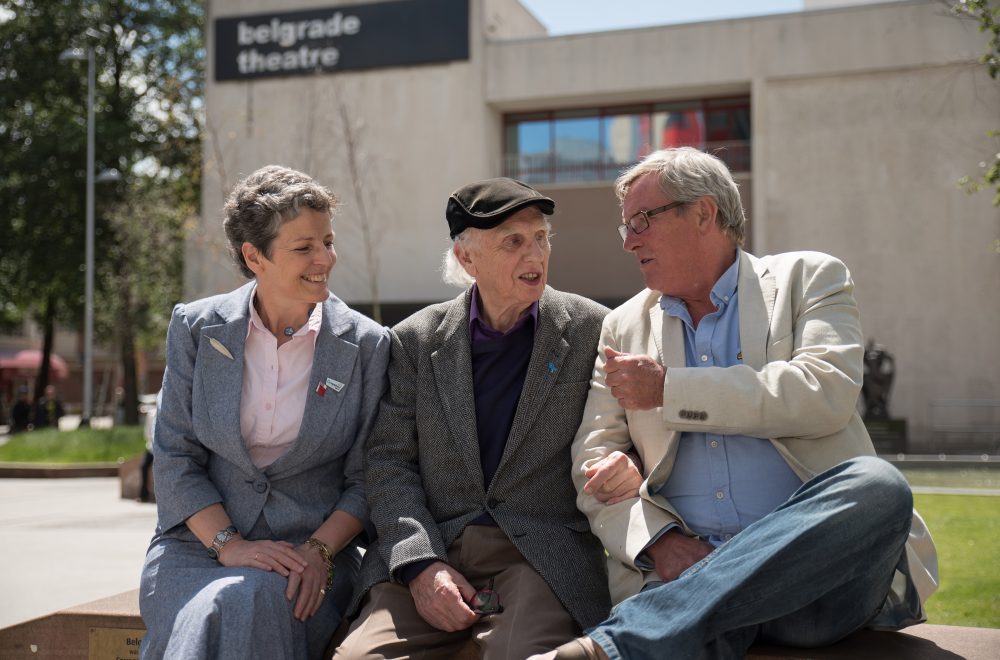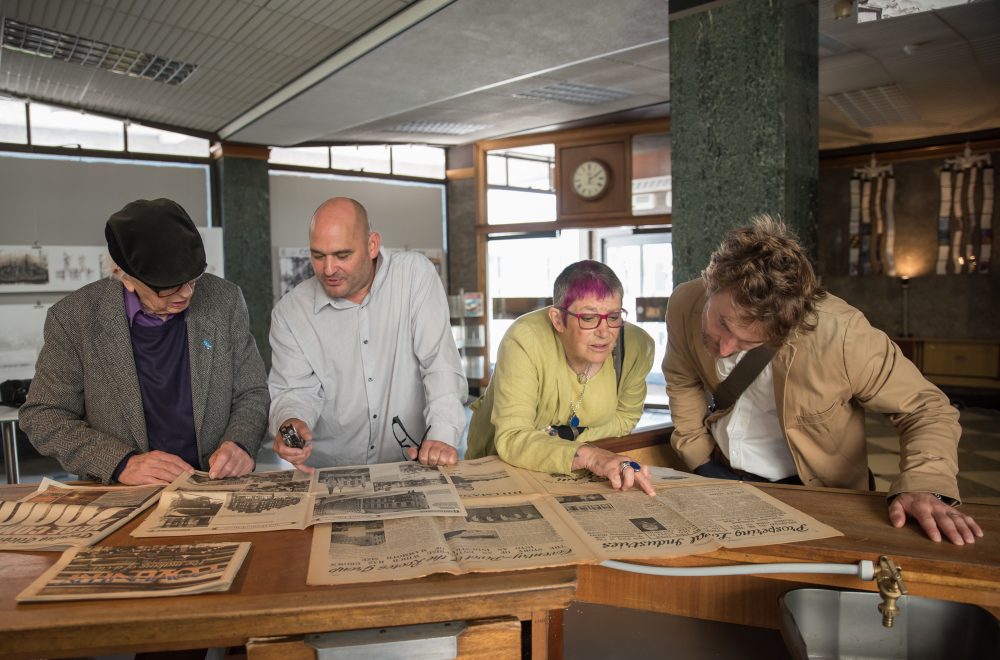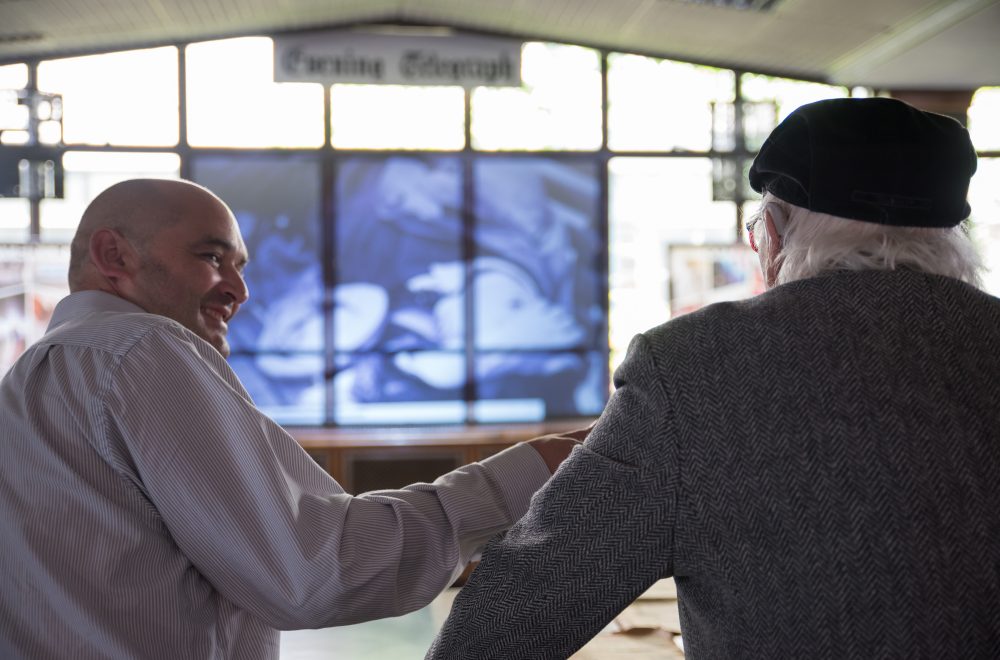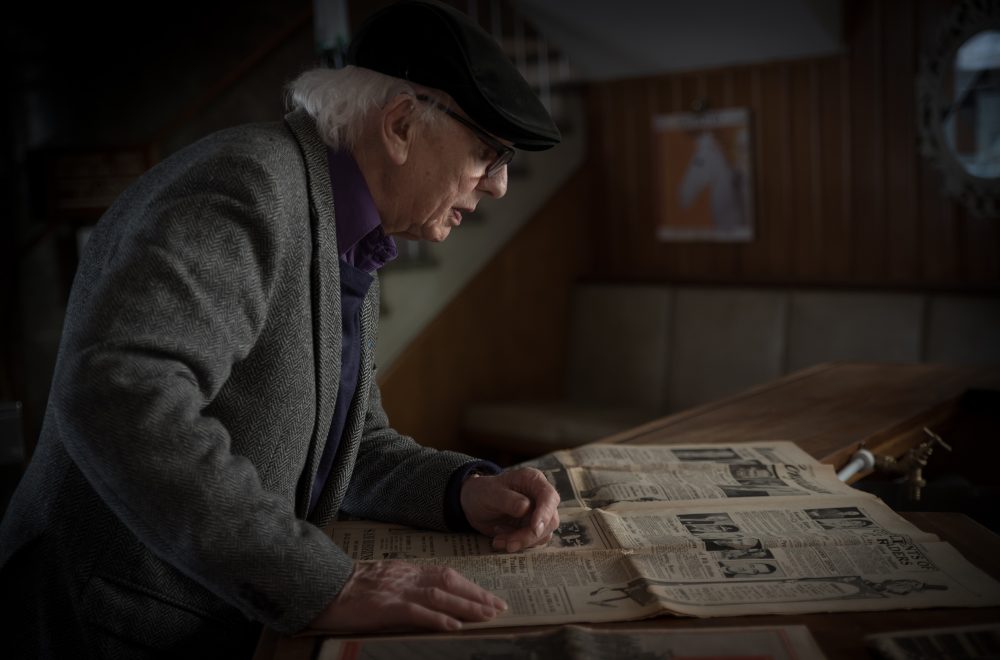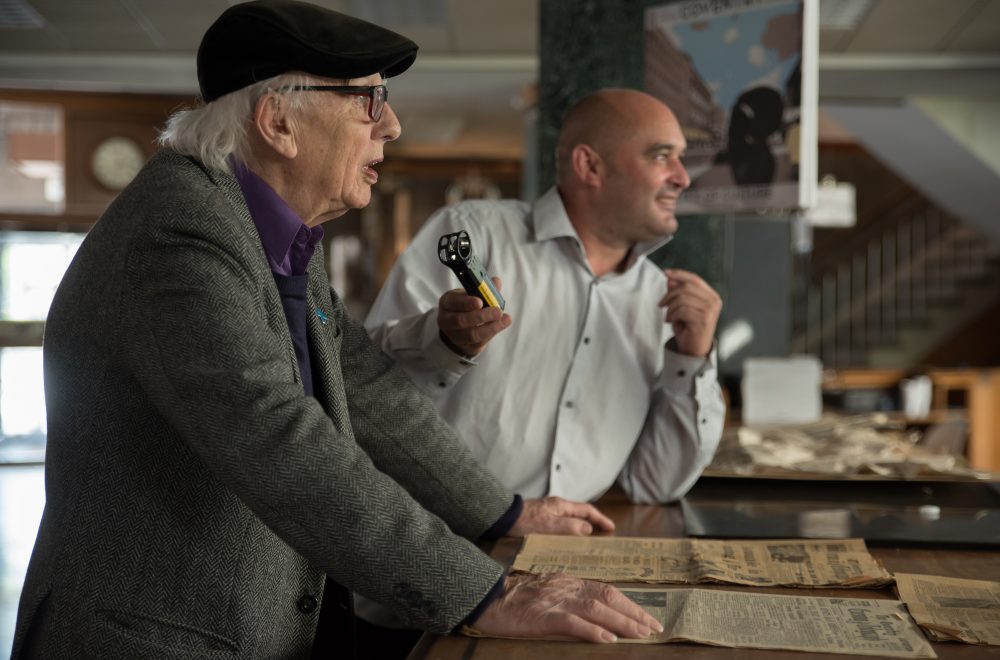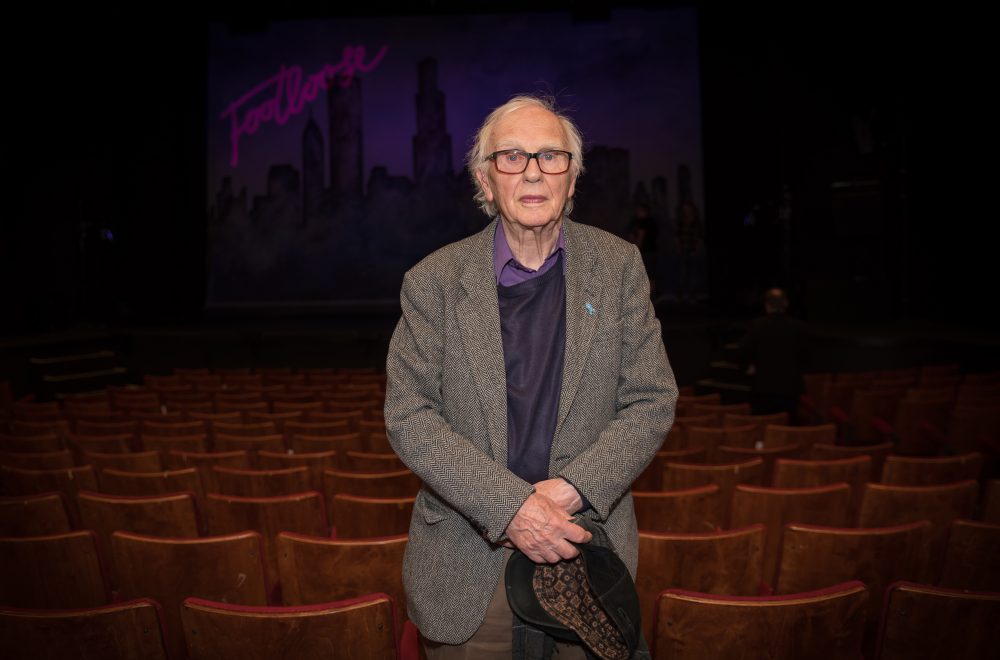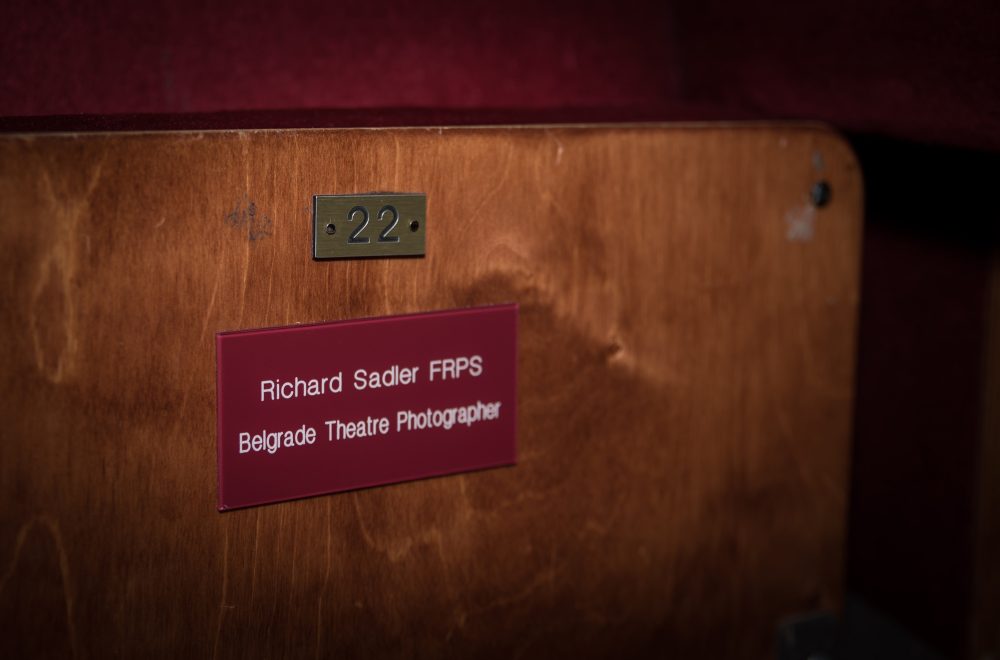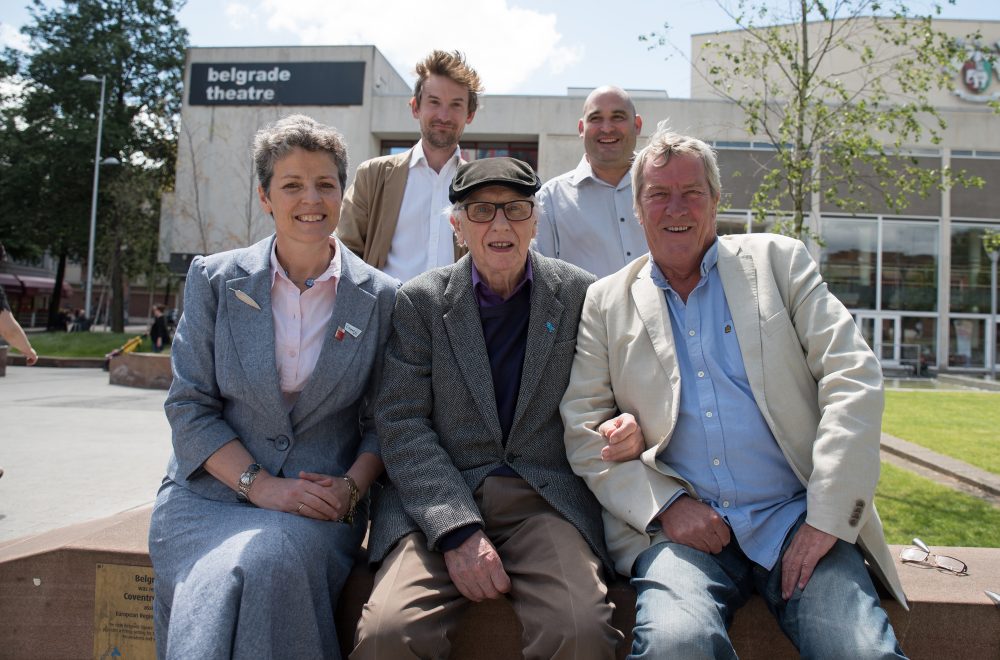A celebration of photographer Richard Sadler's long partnership with the Belgrade Theatre
Since learning of the sad loss of Richard Sadler, we’ve been reflecting on the incredible body of work he undertook with us as photographer for the Belgrade Theatre from 1958-1994.
Richard joined the Belgrade as a photographer the same year the theatre opened in 1958, built as part of the large-scale redevelopment of the city in the aftermath of the Second World War. The Belgrade was the UK’s first civic theatre, and its founding ethos – to serve as a hub for the community, a welcoming space for everyone to enjoy – can be seen even in the design of the building, with its open, public foyers and café – both major innovations for a theatre at the time.
Before becoming part of the Belgrade family, Richard had begun his career as a commercial photographer, developing his skills with Armstrong Whitworth and Courtaulds. At this point, Coventry was still a growing city with booming industry and higher than average wages – so manufacturing was a natural place to start! He was successful and before long, he had become joint MD of a colour laboratory and headed an independent studio.
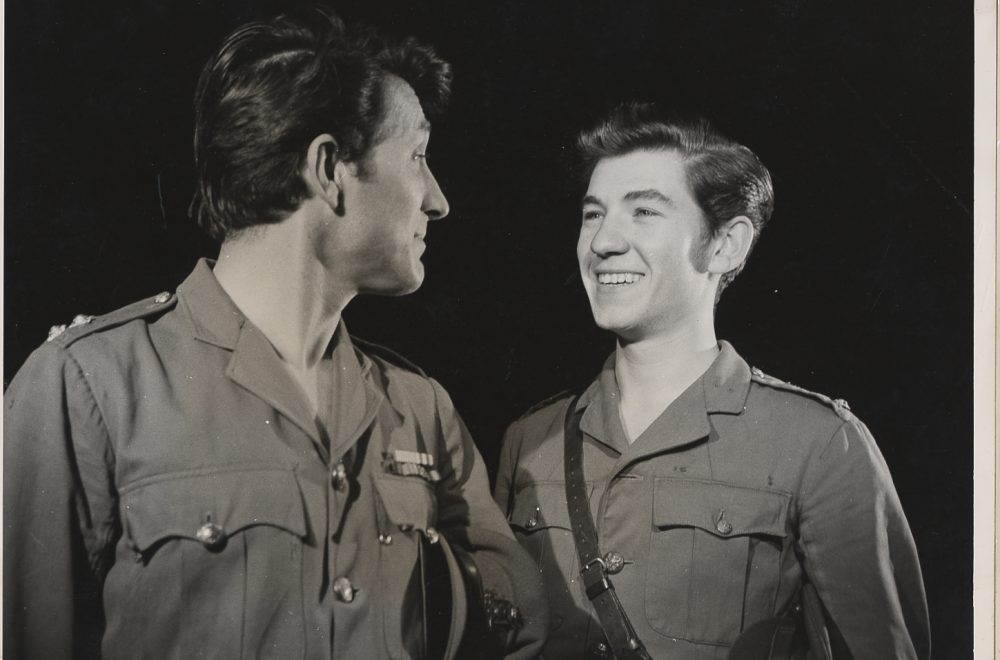
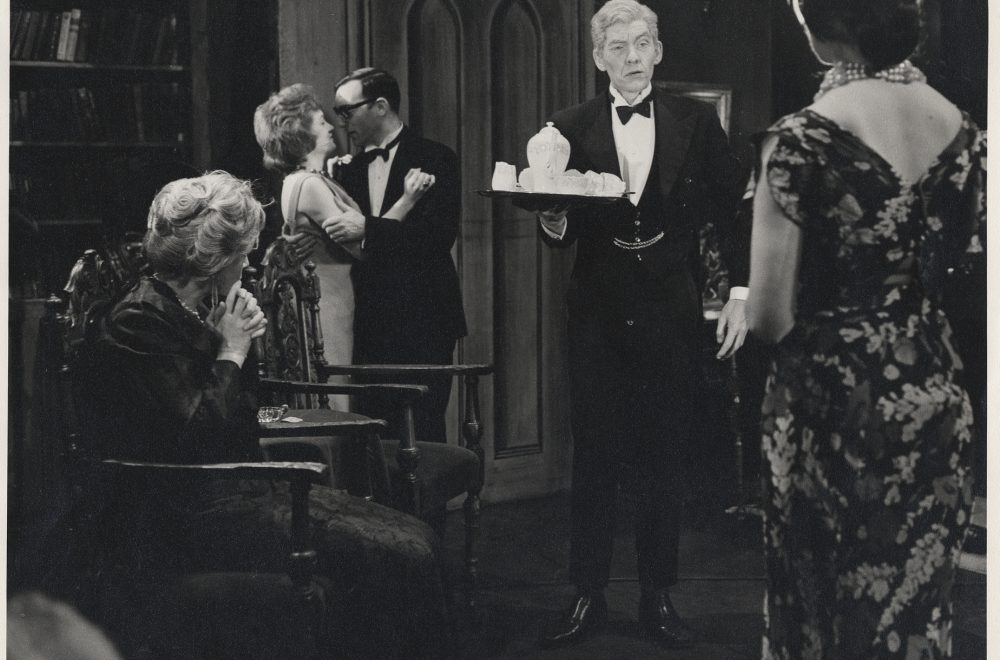
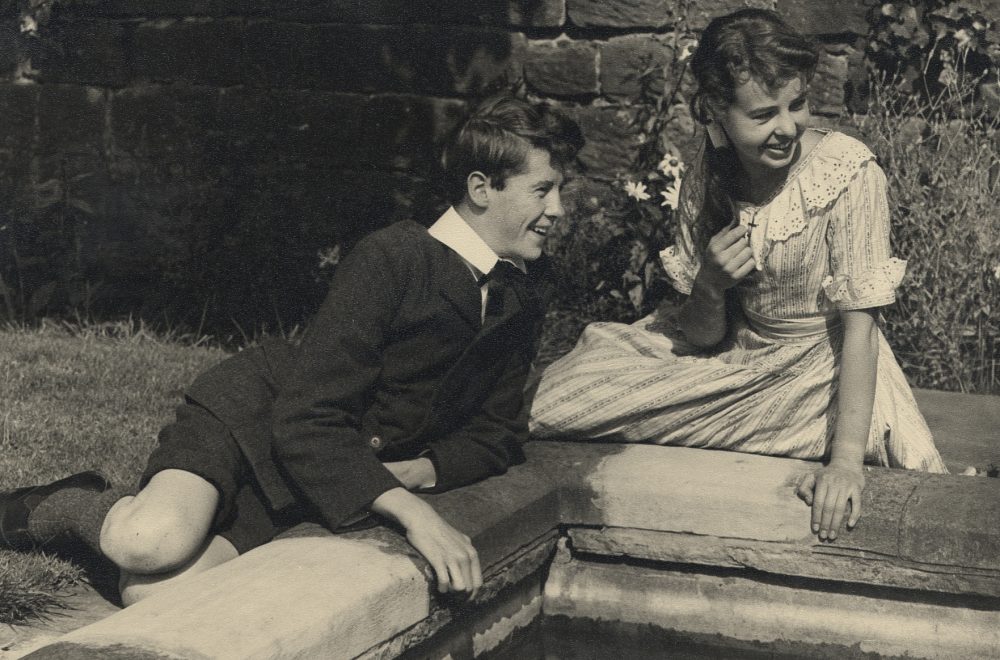
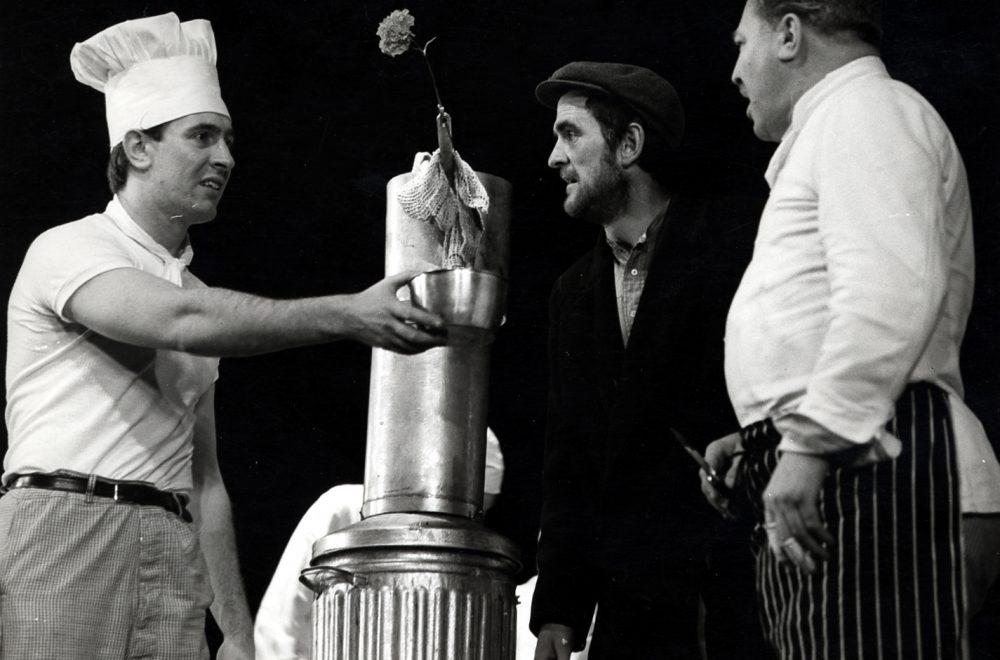
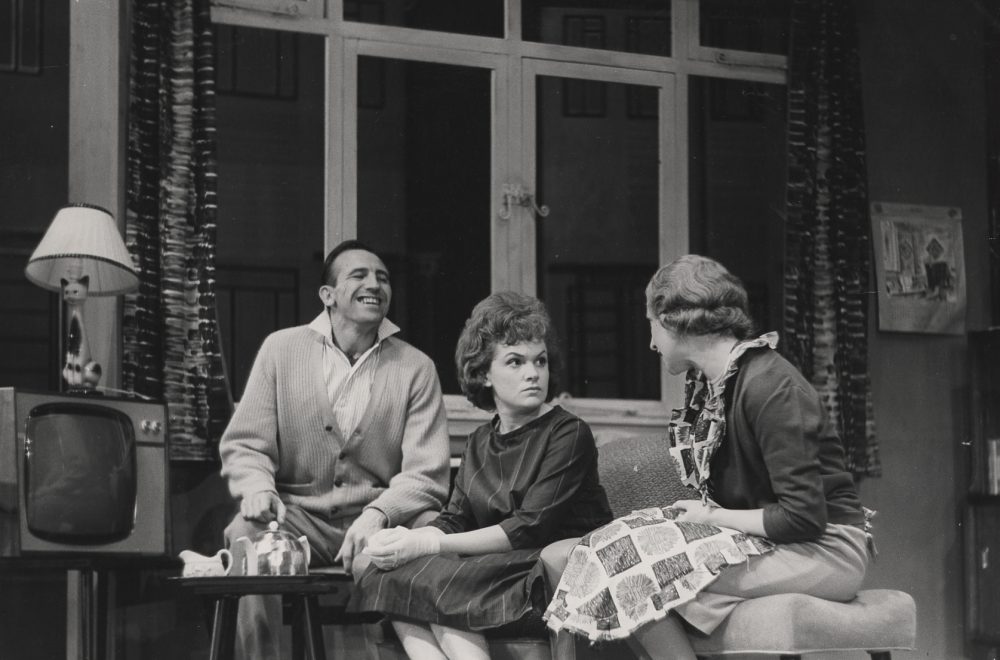

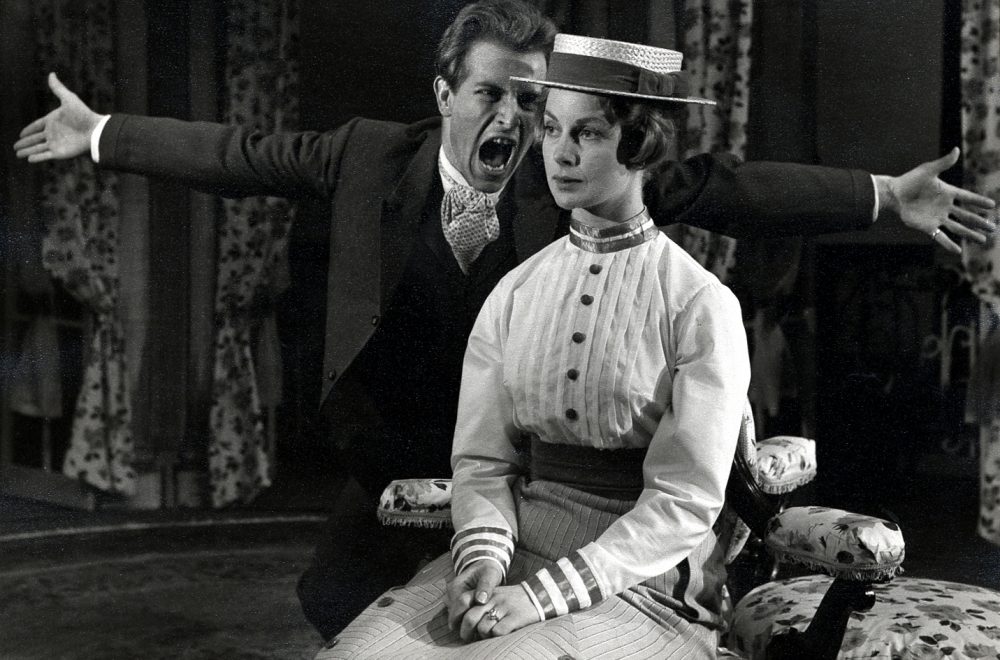
Nevertheless, after he joined the Belgrade in 1958, both Richard and his colleagues noticed a marked change in his work – a new approach that became characteristic of his work both within and outside of the theatre.
“Appointed photographer to the first civic theatre in the UK, the Belgrade in Coventry, I became hooked on the idea that the theatre was ‘real life’ and it was outside that was theatre,” said Richard.
In his introduction to a catalogue for a retrospective exhibition about Richard’s photography, fellow photographer John Blakemore writes, “The theatre photographs provide the significant thread, the point of departure from which the exhibition can be read. The photographs chart the changing façade of appearances; the masks, the disguises which people adopt… which become here a theatre of the real, of the diverse individual and social realities, which in their totality, could it be encompassed, constitute society.”
The next few decades were marked by massive social, political, economic and cultural upheaval, as well as a series of major innovations and changes at the Belgrade, and during his 35 years with us, Richard documented the transformations taking place both within the theatre and across the city as a whole.
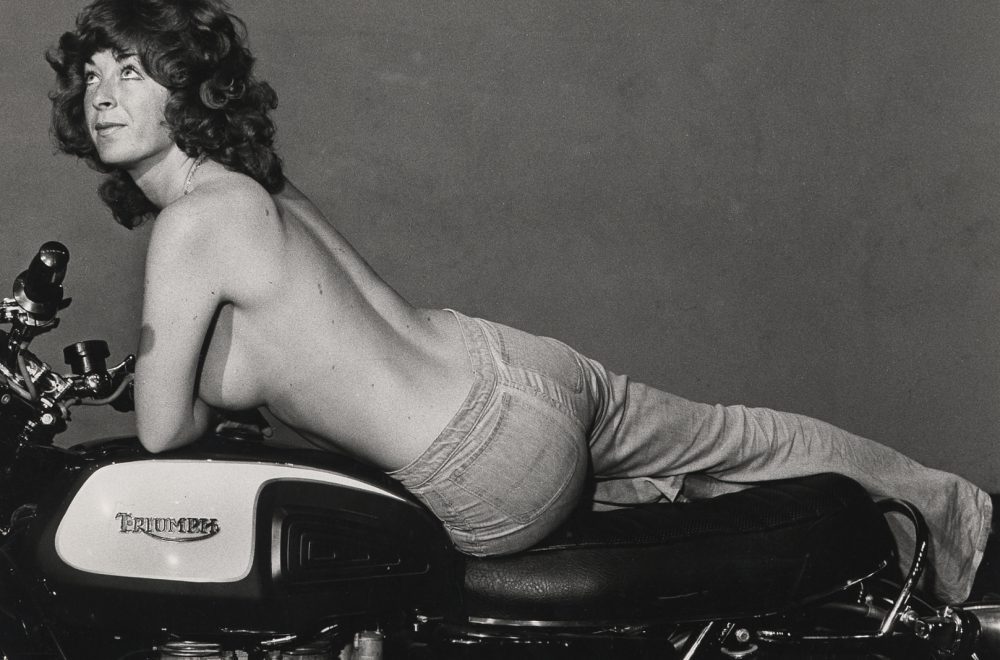
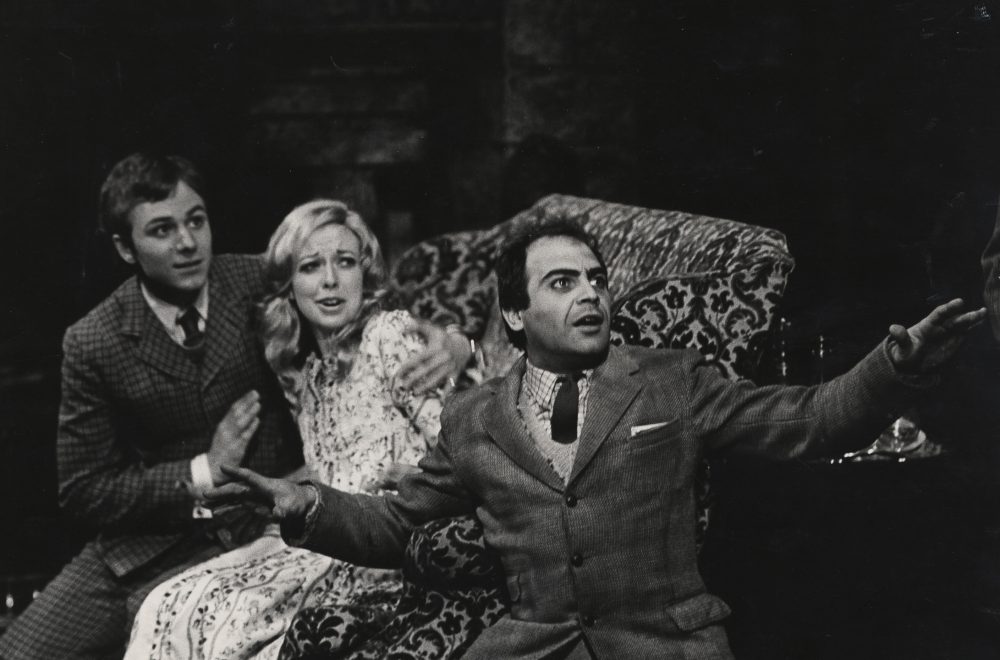
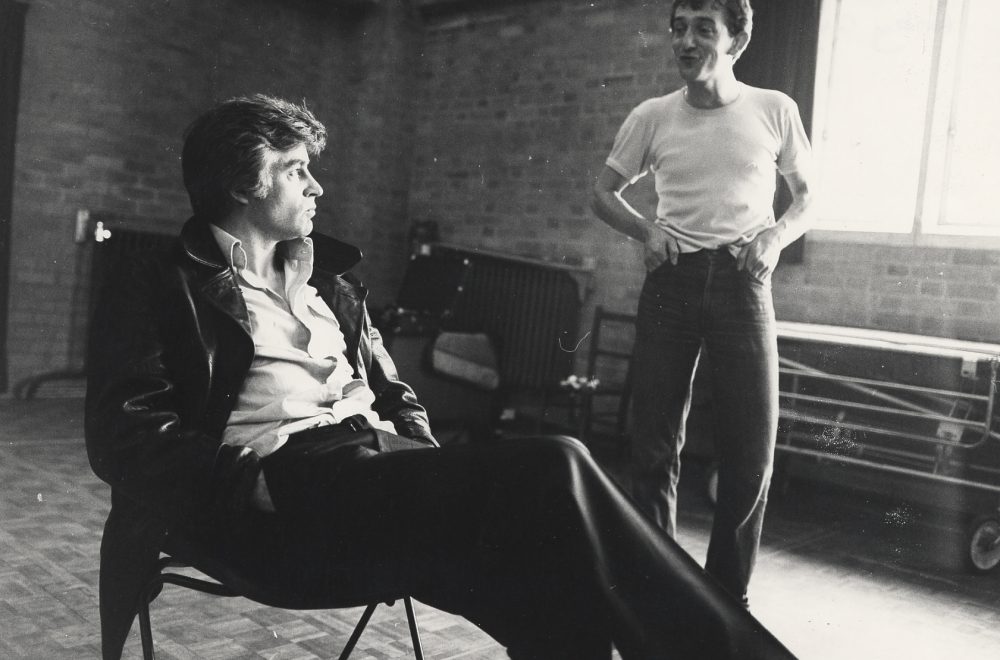
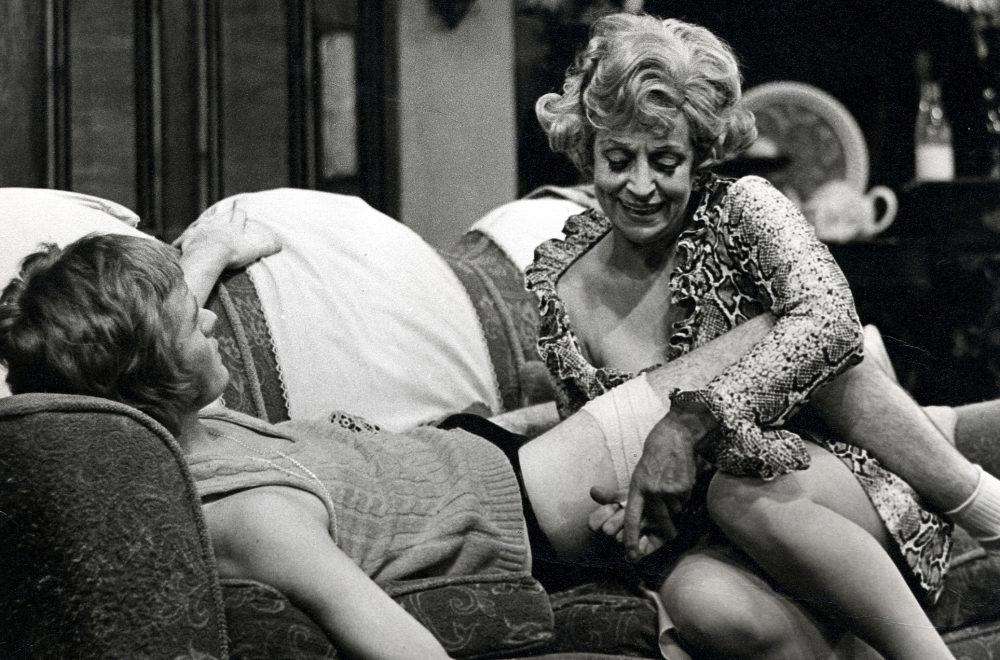
In the 1960s, the Belgrade was at the cutting edge of providing opportunities for new playwrights to develop gritty, social realist plays, sometimes closely connected to the “kitchen sink” films and radio and TV drama of the era. Close ties fostered with organisations like the Royal Court Theatre, English Stage Company, Theatre Royal Stratford East and Joan Littlewood’s Theatre Workshop helped give rise to landmark plays such as the Arnold Wesker trilogy (Chicken Soup with Barley, 1958, Roots, 1959 and I’m Talking About Jerusalem, 1960) and John Wiles’ Never Had It So Good – both photographed by Sadler.
Drawing on real observations from people in Coventry, Never Had It So Good also began a long tradition of bearing witness to stories from the city which continues to be an important part of our programming today, and a goal that Richard and the Belgrade shared in common.
Never had it so good – by John Wiles from Photo Miners on Vimeo.
After the theatre act of 1968 relaxed censorship, the Belgrade’s programme became more adventurous – and some felt, controversial – and throughout the 70s tensions began to emerge between the traditional and the avant-garde, the serious and the comic, the risk-taking and the “safe”. Elsewhere in the city, meanwhile, racial tensions were giving way to the 2-tone movement, and the decline of industry, miners’ strikes, Thatcherism and the founding of our two universities wrought massive changes to the culture and even physical landscape of the city. Richard was there to capture these huge changes, and his collection is a fascinating window onto the history of our city.
In 2017, the Coventry Photo Archive Miners undertook the massive job of scanning and archiving his incredible collection of Belgrade photographs, which they estimated as including around 30,000 negatives, along with several hundred prints and other items such as programmes and promotional materials. The same year, Richard paid a visit to the Belgrade, and a seat in our Main House auditorium was named after him.
Belgrade Theatre Director of Communications Nicola Young said: “Welcoming Richard to the Belgrade back in 2017 was a real honour, especially after working closely with members of Photo Archive Miners to step back in time with them and witness some important visual moments in the history of our Theatre.
“As a photographer myself it was great to observe his ability to capture the personalities, passions and tensions of the time and to see that energy and love for theatre still exuding from him all these years later. He was a real inspiration, full of life and fun and will be sorely missed by those his life touched, but remembered through his incredible archive of work, which I’m sure is what he would have wanted.”
